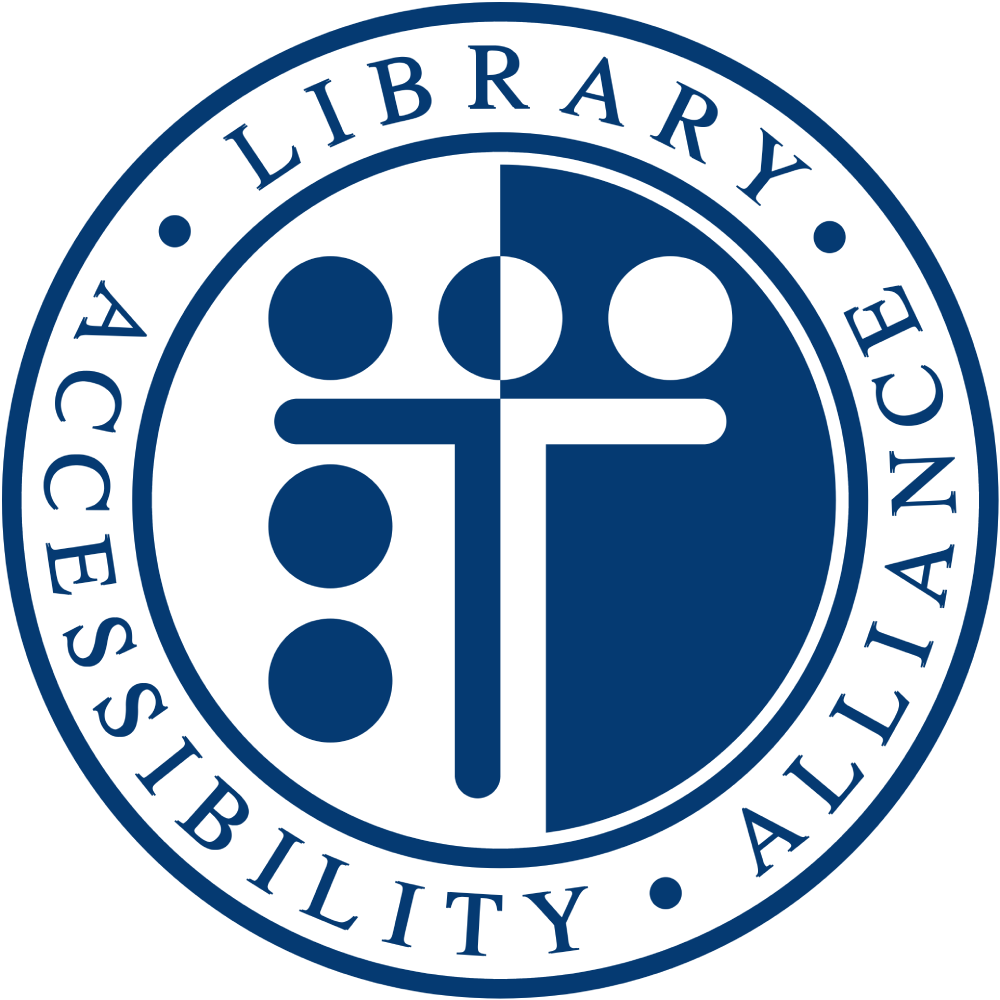The IBISWorld platform presents significant accessibility barriers that may severely impact users with disabilities. Some critical issues exist that may prevent keyboard-only users and screen reader users from accessing core functionality. The platform's navigation menus cannot be accessed via keyboard, search functionality is compromised by improper ARIA implementation, and data visualizations lack appropriate alternative text or accessible formats.
While the platform demonstrates some positive accessibility features, such as proper use of heading structures in certain areas and keyboard accessibility for some interactive elements, these are overshadowed by fundamental barriers. The inability to expand navigation menus, missing alternative text for images, and improper focus management create an extremely frustrating experience for users with disabilities.
Addressing these concerns would significantly improve access for persons with disabilities and ensure equal access to the valuable industry research and data that IBISWorld provides.
Top 3 Issues Identified
Keyboard Traps and Inaccessible Navigation Menus
- Issue: All main navigation buttons (Industries, Products, Resources) cannot be expanded using keyboard, preventing access to site navigation.
- Impact: Keyboard-only users and screen reader users are unable to navigate the site or access any content beyond the homepage.
- WCAG Success Criteria: 2.1.1 Keyboard (A), 2.1.2 No Keyboard Trap (A)
Missing or Incorrect ARIA Implementation
- Issue: The search field is announced as "edit combo collapsed" instead of a proper search input, and autocomplete results are not properly announced.
- Impact: Screen reader users cannot understand the purpose of form controls or receive feedback about dynamic content changes.
- WCAG Success Criteria: 4.1.2 Name, Role, Value (A), 4.1.3 Status Messages (AA)
Inaccessible Data Visualizations and Charts
- Issue: Charts lack meaningful alternative text and the "view graph as data table" option is not keyboard accessible, leaving no way to access the data.
- Impact: Users who cannot see visual information are completely excluded from understanding key industry data and trends.
- WCAG Success Criteria: 1.1.1 Non-text Content (A), 2.1.1 Keyboard (A)
Disabilities Impacted
Blind Low-Vision Users
- Issues: Missing alternative text, inaccessible navigation menus, improper ARIA implementation, charts without accessible alternatives, and focus management issues.
- Impact: Screen reader users are unable to navigate the site, comprehend page content, or access critical industry data. The platform is essentially unusable for blind users.
Users with Motor Disabilities
- Issues: Navigation menus are not keyboard accessible, interactive elements are not in tab order, focus is lost after certain actions, and download functionality is inaccessible.
- Impact: Keyboard-only users are unable to access any content beyond the homepage because they cannot expand navigation menus. Core functionality is completely inaccessible.
Neurodiverse Users
- Issues: Inconsistent interaction patterns, missing visual labels, complex data presentations without alternatives, unpredictable focus behavior.
- Impact: The lack of consistent patterns and clear feedback creates cognitive overload. Users cannot develop a reliable mental model of how the interface works.
 Library Accessibility Alliance
Library Accessibility Alliance